Understanding Dehydration on the Trail
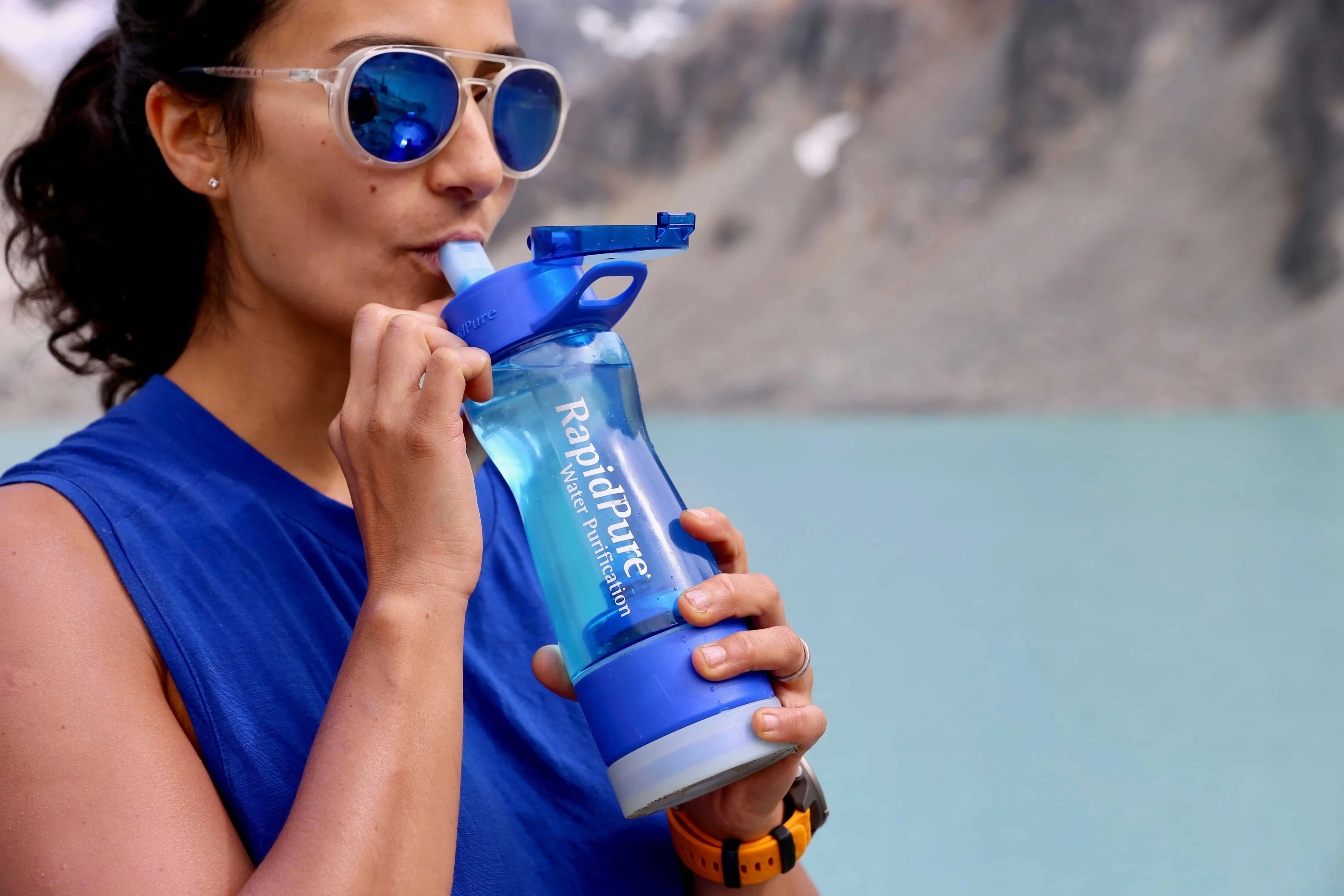
Dehydration occurs when your body loses more fluids than it takes in, disrupting the delicate balance necessary for optimal function. During my early hiking days in the Grand Canyon, I learned this lesson the hard way when I underestimated how quickly the desert environment could drain my body's water reserves. Avoiding dehydration hiking requires understanding that your body continuously loses water through breathing, sweating, and normal metabolic processes, with rates increasing dramatically during physical exertion.
Early Warning Signs
The earliest symptoms include dry mouth, increased thirst, and darker urine color. I've observed that many hikers ignore these initial warnings, leading to more severe symptoms like headaches, dizziness, and reduced energy levels.
The physiological impact of dehydration extends beyond simple thirst. When I guide groups through challenging terrain, I always emphasize that even mild dehydration can impair cognitive function, making crucial trail decisions more difficult. Research shows that losing just 2% of your body weight through fluid loss can decrease physical performance by 10-15%, while a 4% loss can reduce capacity by 20-30%.
Environmental factors significantly amplify dehydration risks. High altitude increases respiratory water loss, while hot, dry conditions accelerate sweating. During my expedition planning sessions, I always reference experiences from places like high-altitude environments where these factors compound quickly. Understanding these mechanisms is the foundation of effective prevention strategies that I'll detail throughout this comprehensive guide.
Pre-Hike Hydration Strategies
Effective hydration begins 24-48 hours before you hit the trail. I've developed a systematic approach to pre-hike hydration that has served me well across diverse environments, from humid Appalachian summers to arid Southwest winters. The key principle is achieving optimal hydration status before your body faces the additional stress of hiking, rather than trying to catch up once you're already on the trail.
My personal routine involves drinking 16-24 ounces of water upon waking, followed by consistent fluid intake throughout the day. I avoid the common mistake of chugging large quantities immediately before hiking, which can lead to uncomfortable sloshing and frequent bathroom breaks early in the hike. Instead, I focus on steady consumption paired with foods that help retain hydration, such as fruits with high water content.
Pro Tip: The Urine Test
Monitor your hydration status using urine color as a guide. Pale yellow indicates good hydration, while dark yellow suggests you need more fluids. This simple test has become my go-to method for assessing pre-hike readiness.
Electrolyte balance plays a crucial role in pre-hike preparation. During my preparation for challenging hikes, I often incorporate light electrolyte solutions 12-24 hours beforehand, especially when I know I'll be hiking in hot conditions or at altitude. This approach, combined with proper mental preparation, sets the foundation for successful trail experiences.
Temperature considerations are equally important. I've learned to adjust my pre-hydration strategy based on expected conditions, increasing fluid intake significantly before desert hikes while focusing more on electrolyte balance before high-altitude adventures. This targeted approach to avoiding dehydration hiking has prevented numerous potential problems before they could develop on the trail.
Essential Trail Hydration Techniques
Once on the trail, consistent hydration becomes your lifeline. I've developed a systematic approach that involves drinking small amounts frequently rather than large quantities infrequently. My general rule is 6-8 ounces every 15-20 minutes during moderate exertion, adjusting based on temperature, humidity, and intensity level. This method prevents the overwhelming feeling that comes with drinking too much at once while maintaining steady hydration levels.
Water temperature significantly impacts consumption rates and effectiveness. During summer hikes in places like Death Valley, I've found that cool (but not ice-cold) water encourages more frequent drinking. Extremely cold water can cause stomach cramping during intense exertion, while warm water becomes unpalatable quickly. I often carry insulated bottles or use hydration systems with insulated tubes to maintain optimal temperature throughout the day.
Timing Strategy
Set a timer on your watch to remind you to drink every 15-20 minutes. This simple technique eliminates the guesswork and ensures consistent intake, especially when you're focused on challenging terrain or enjoying scenic views.
Electrolyte replacement becomes critical during extended exertion, particularly in hot conditions where sweat rates can exceed 1-2 liters per hour. I've learned that plain water alone isn't sufficient for hikes longer than 2-3 hours or in particularly challenging conditions. The balance of sodium, potassium, and other electrolytes must be maintained to prevent hyponatremia, a potentially dangerous condition I've witnessed in fellow hikers who drank excessive plain water without electrolyte replacement.
Monitoring your body's response throughout the hike provides valuable feedback for adjusting your hydration strategy. I pay attention to energy levels, clarity of thinking, and physical comfort as indicators of hydration status. This awareness, combined with proper gear selection, forms the foundation of effective trail safety. Remember that avoiding dehydration hiking is an active process requiring constant attention and adjustment based on changing conditions.
Electrolyte Management and Supplements
Electrolyte balance represents one of the most misunderstood aspects of hiking hydration. Through years of trail experience and research, I've learned that proper electrolyte management is just as crucial as water intake for avoiding dehydration hiking successfully. When you sweat, you lose not just water but also essential minerals including sodium, potassium, magnesium, and calcium. Replacing these minerals becomes critical during extended physical activity.
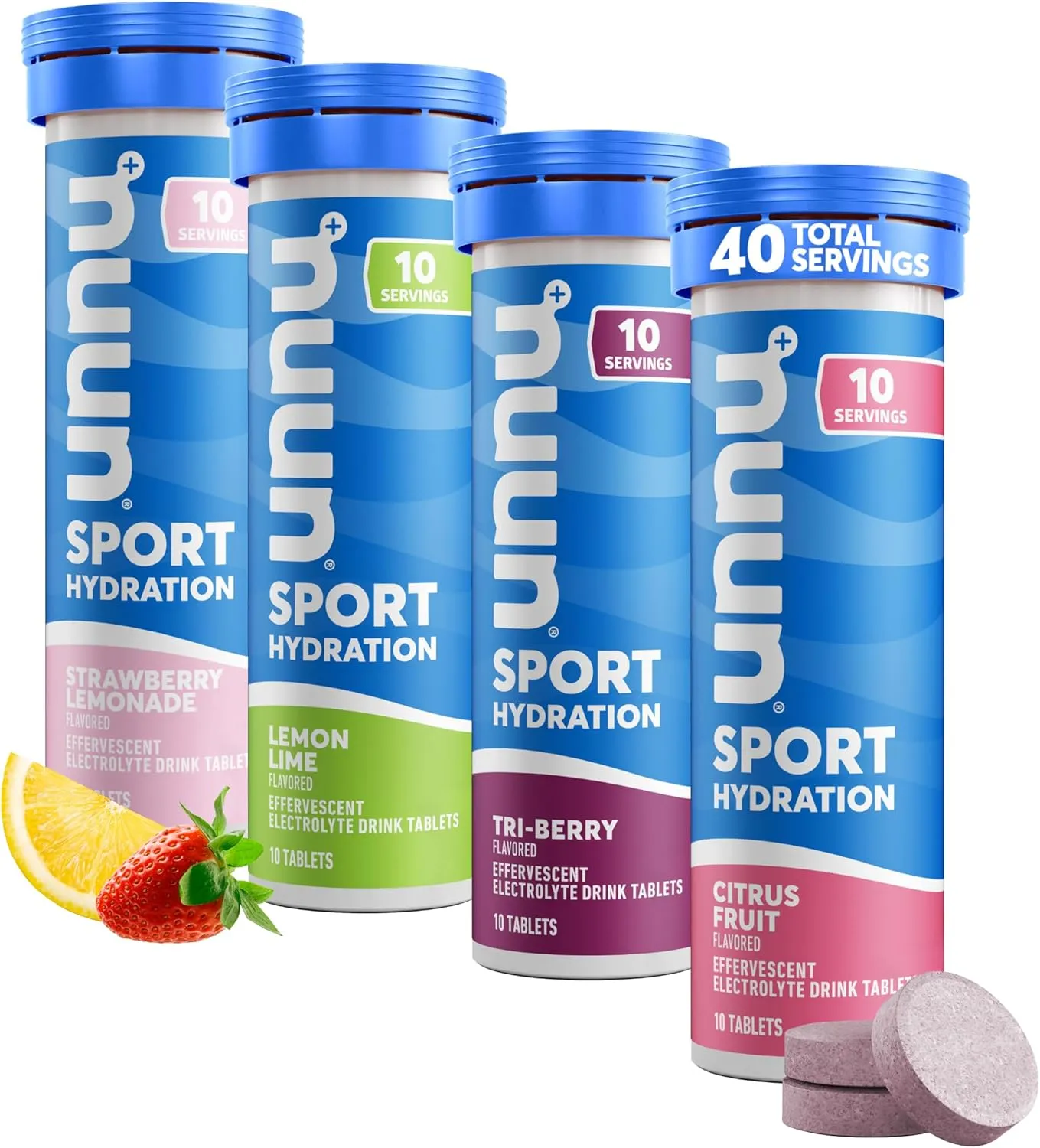
Nuun Sport Electrolyte Tablets
Perfect for trail hydration with 5 essential electrolytes and minimal sugar. Dissolves easily in water bottles.
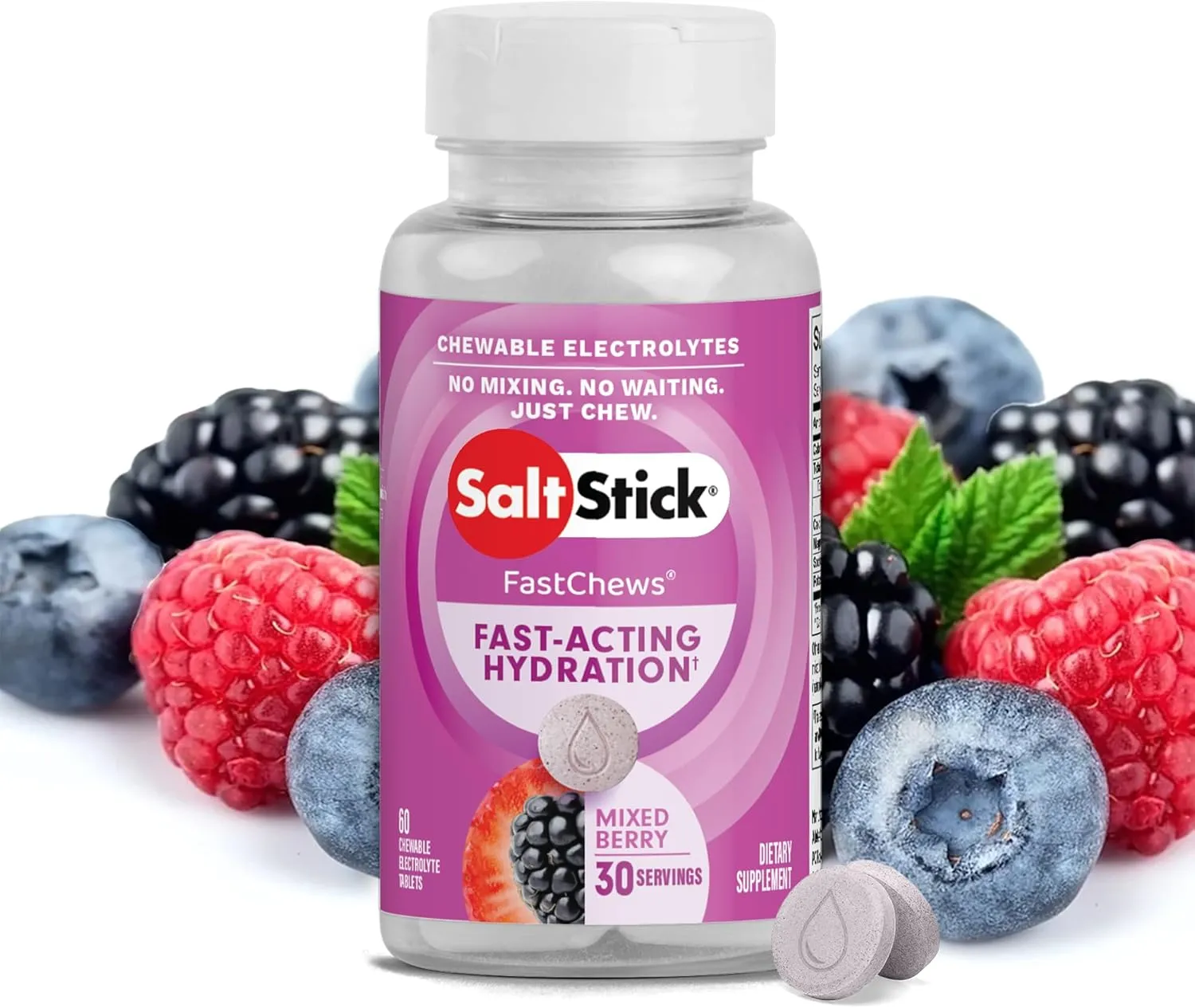
SaltStick FastChews
Chewable electrolyte tablets that work in under a minute. Perfect for quick trail replenishment.
During my early hiking years, I made the mistake of relying solely on sports drinks, which often contain excessive sugar and artificial additives. I've since discovered that targeted electrolyte supplements provide better results with fewer digestive issues. The timing of electrolyte intake matters significantly – I typically begin supplementation 30-45 minutes into moderate hikes and continue every 45-60 minutes thereafter, adjusting frequency based on sweat rate and environmental conditions.
Natural electrolyte sources can complement commercial supplements effectively. I often carry dates, nuts, and other whole foods that provide natural sodium and potassium. However, for serious hiking where precise electrolyte replacement is crucial, I rely on measured supplements that provide consistent, known quantities of essential minerals. This approach has proven particularly valuable during multi-day backpacking trips where electrolyte imbalance can compound daily.
Avoiding Overhydration
Drinking too much plain water without electrolyte replacement can lead to hyponatremia, a dangerous condition where blood sodium levels become dangerously diluted. I've seen this condition develop in well-meaning hikers who drank excessive amounts of water during long, hot hikes.
Personal experience has taught me that individual electrolyte needs vary significantly based on genetics, fitness level, heat acclimatization, and sweat composition. I recommend experimenting with different products and timing strategies during training hikes before attempting challenging adventures. This systematic approach to electrolyte management, combined with consistent water intake, forms the cornerstone of effective avoiding dehydration hiking protocols that have kept me safe on countless trail adventures.
Essential Hydration Gear and Equipment
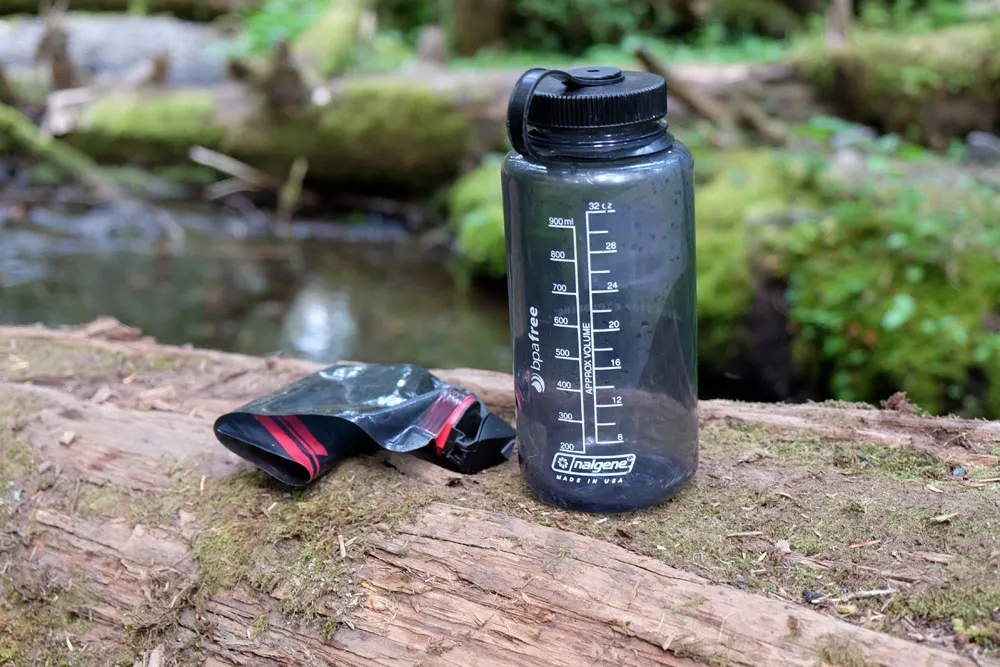
Selecting appropriate hydration equipment can make the difference between a successful adventure and a dangerous situation. Through extensive field testing across diverse environments, I've developed strong preferences for specific gear configurations that optimize both capacity and convenience. The choice between water bottles, hydration reservoirs, and hybrid systems depends on hike duration, group size, and environmental conditions.
For day hikes, I typically carry 2-3 liters of water capacity spread across multiple containers. This redundancy provides security against equipment failure while allowing for different liquid types – plain water in one container, electrolyte solution in another. I've learned that putting all your hydration in a single container, especially a bladder system, creates vulnerability if that system fails miles from the trailhead.

SaltStick Electrolyte Capsules
Professional-grade electrolyte replacement with Vitamin D. Ideal for serious hikers and long-distance adventures.
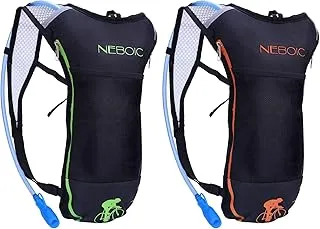
2Pack Hydration Backpack
Lightweight backpack with 2L bladder. Keeps water cool up to 4 hours, perfect for day hikes and festivals.
Insulation properties significantly impact both water temperature and overall hiking enjoyment. During summer desert hikes, I've found that insulated bottles maintain palatability throughout the day, encouraging more frequent consumption. Conversely, in winter conditions, insulation prevents freezing while maintaining liquid availability. I often combine insulated bottles for primary hydration with non-insulated backup containers to balance weight and functionality.
Maintenance and reliability of hydration systems require consistent attention. I've experienced bladder failures, valve malfunctions, and contamination issues that could have created serious problems in remote locations. My current protocol involves thorough cleaning and testing of all systems before each trip, carrying repair supplies for field fixes, and maintaining redundant capacity through multiple containers or backup systems.
Gear Maintenance Tips
- Clean hydration systems with specialized tablets after each use
- Replace rubber seals and valves annually or after 50+ uses
- Test all systems under load before departure
- Carry basic repair supplies (tape, spare valve) for emergencies
Water treatment capabilities integrate seamlessly with proper hydration gear selection. In many hiking environments, natural water sources provide opportunities to extend your water supply through filtration or purification. I carry lightweight treatment options that complement my hydration system, allowing for strategic water resupply during longer adventures. This approach reduces pack weight while maintaining safety margins essential for avoiding dehydration hiking in remote locations where emergency evacuation might take hours or days.
Environmental Factors and Adaptation
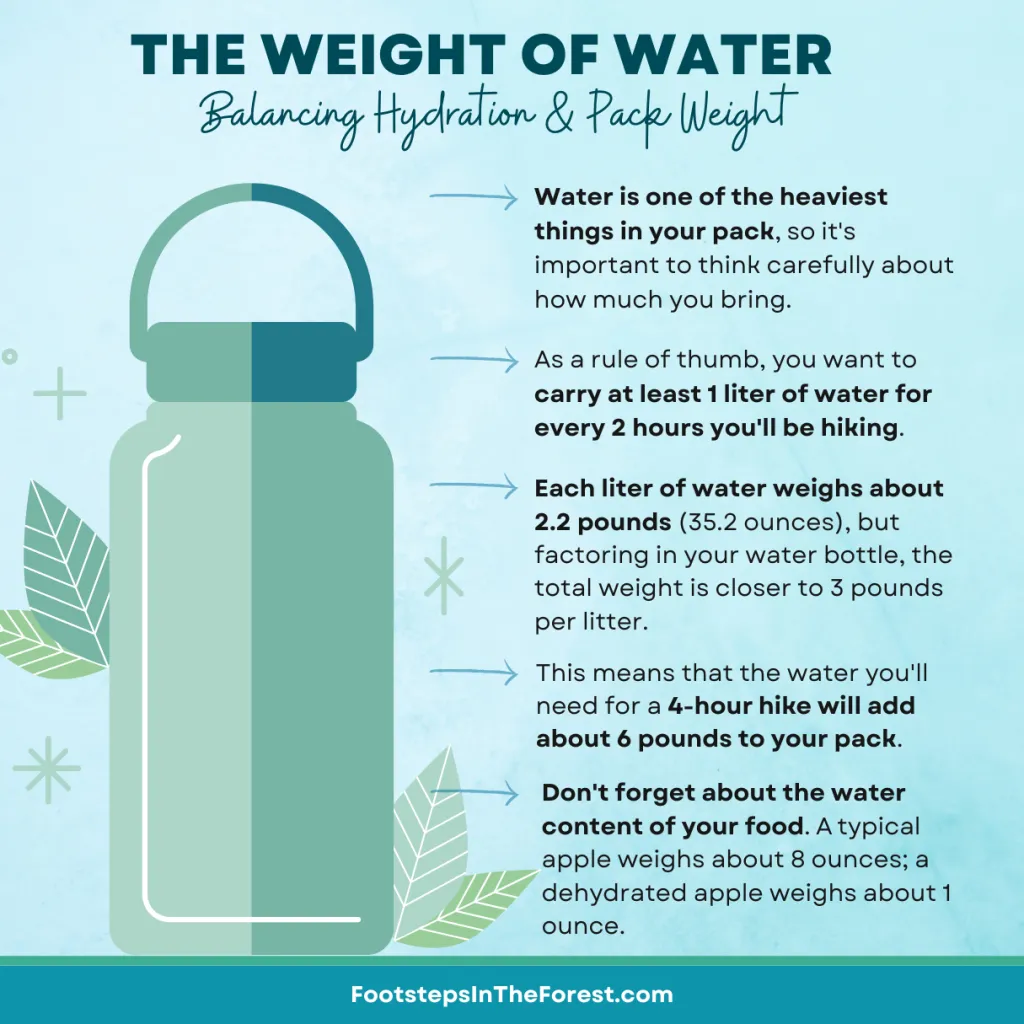
Environmental conditions dramatically affect hydration requirements and strategies for avoiding dehydration hiking. Temperature, humidity, altitude, and exposure levels create complex challenges that require adaptive responses based on real-time conditions. Through hiking in environments ranging from Florida's humid swamps to Colorado's dry peaks, I've learned that one-size-fits-all approaches to hydration often fail when conditions become extreme.
High-altitude environments present unique hydration challenges that many hikers underestimate. Above 8,000 feet, increased respiratory rate and lower humidity accelerate fluid loss through breathing alone. During my ascents of 14,000-foot peaks, I've consistently needed 25-50% more fluid intake compared to sea-level hikes of similar duration and intensity. The deceptive nature of altitude-related dehydration often masks symptoms until they become severe.
Temperature Adaptation Strategies
Hot weather hiking requires the most aggressive hydration protocols I've encountered. In desert environments where ambient temperatures exceed 100°F, I've measured personal sweat rates exceeding 32 ounces per hour during moderate exertion. These conditions demand pre-cooling strategies, including starting hikes before dawn, seeking shade during peak heat hours, and using cooling accessories like wet bandanas or cooling towels.
Cold weather presents different but equally challenging hydration considerations. Winter air's low humidity increases respiratory water loss, while the reduced sensation of thirst can lead to inadequate fluid intake. I've learned to monitor hydration status more carefully in winter conditions, often forcing myself to drink even when not feeling thirsty. Additionally, preventing water from freezing becomes a critical gear consideration that affects hydration system selection.
Environmental Adaptation Guidelines
- Hot Conditions (>85°F): Increase fluid intake by 50-100%, emphasize electrolyte replacement
- High Altitude (>8,000ft): Add 25-50% more fluids, monitor for altitude sickness symptoms
- High Humidity (>70%): Focus on cooling strategies, frequent shade breaks
- Cold Weather (<32°F): Prevent freezing, force regular intake despite reduced thirst
Humidity levels significantly impact the effectiveness of your body's natural cooling system. In high-humidity environments like the Southeast summer trails, sweat doesn't evaporate efficiently, leading to higher core temperatures and increased cardiovascular stress. I've adapted my hiking schedules and intensity levels to account for these conditions, often choosing different times of day or alternative routes during peak humidity periods.
Wind exposure creates another variable that affects hydration needs and strategies. Strong winds accelerate evaporation from both skin and respiratory surfaces, increasing fluid requirements even in moderate temperatures. During exposed ridge hikes, I've learned to account for wind chill effects on perceived temperature while maintaining awareness of continued fluid loss. This environmental awareness, combined with knowledge from comprehensive dehydration prevention strategies, enables safe navigation of diverse trail conditions throughout the hiking season.
Conclusion
Mastering the art of avoiding dehydration hiking requires integration of knowledge, preparation, and adaptive strategies that respond to changing conditions throughout your adventure. Through years of trail experience and continuous learning, I've developed comprehensive protocols that have kept me safe across diverse environments and challenging conditions. The key lies not in any single technique, but in the systematic application of multiple complementary strategies that work together to maintain optimal hydration status.
The foundation begins with understanding your body's needs and responses, combined with thorough pre-hike preparation that sets you up for success before you even reach the trailhead. Consistent trail hydration techniques, supported by appropriate gear and electrolyte management, provide the framework for safe hiking regardless of environmental conditions. Environmental awareness and adaptation ensure that your strategies remain effective as conditions change throughout your adventure.
Ready to Hike Safely?
Start implementing these proven hydration strategies on your next trail adventure. Remember, preparation and consistency are your best allies for safe hiking.
Get Essential Hydration GearRemember that hydration safety extends beyond personal well-being to group dynamics and emergency preparedness. When hiking with others, your hydration knowledge becomes a valuable safety resource that can prevent problems before they develop into emergencies. Share these strategies with fellow hikers, monitor group hydration status during challenging conditions, and maintain the extra capacity and supplies needed to assist others when necessary.
Continue expanding your knowledge through resources like those found throughout this site, including specialized topics such as altitude and hydration considerations. The hiking community benefits when we all prioritize safety through education and preparation. Stay hydrated, hike safely, and enjoy the incredible adventures that await on the trail. Your commitment to proper hydration practices ensures that every adventure can be completed safely and enjoyed fully, creating memories that last a lifetime while maintaining the health and well-being that makes continued adventures possible.


